Specialty Foods and Markets in Valencia
We explore the specialty foods and markets around Valencia and sample the regional cuisine, produce and specialty foods that are sold at beautiful and well-maintained markets around Valencia.
Valencia’s culinary landscape is an expansive agricultural and growing culture woven from centuries of tradition, Mediterranean influences, and agricultural abundance. Valencia has so much wonderful agricultural presence and support with emphasis on quality and locally grown, produced and finished products that excel and makes eating here in Spain an experience not to be forgotten.
From my first visit to the grand Central Market to my explorations of repurposed architectural gems like Mercado de Colón, I’ve discovered that Valencia’s markets offer some of the most authentic and exciting culinary experiences in Spain. Even the daily markets mentioned below are unique and fun to explore.
The city embraces a true farm-to-table philosophy, with an emphasis on fresh, locally-grown produce that’s sold and prepared daily. Valencia’s agricultural richness and commitment to quality create a food scene that leaves a lasting impression on any visitor. In this guide, I’ll share my personal experiences and insider knowledge of Valencia’s specialty foods and vibrant markets.
Specialty Foods and Markets in Valencia, Spain: savor the best or regional cuisine, street food and specialty dishes
As a foodie and cook, my visit to Valencia was focused on experience the specialty foods and markets of Valencia. From visiting the grand central market to wonderful, repurposed buildings into markets like Mercado de Colon is fun and exciting to experience as a visitor and also for locals to support.
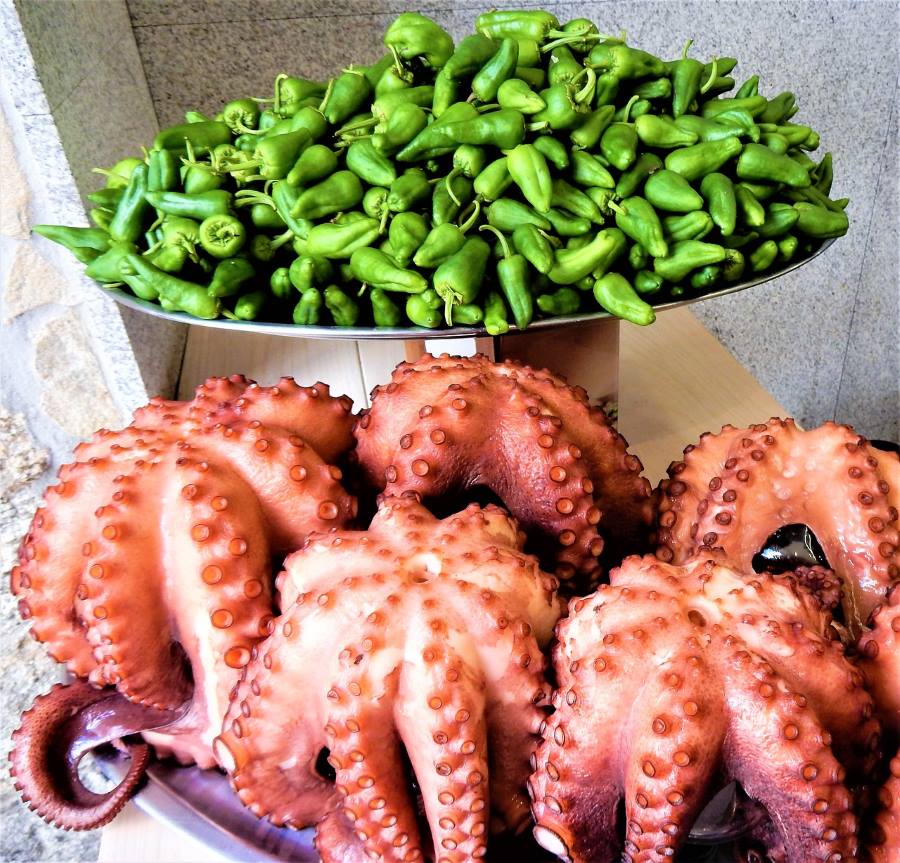
Valencia as a World-Class Growing Region
Valencia’s eastern Mediterranean location creates a perfect storm of favorable conditions for agriculture. Its unique combination of climate, geography, and centuries of agricultural expertise has established the region as one of Spain’s most productive food producers.
Climate and Geography
During my visits across different seasons, I’ve observed how Valencia’s Mediterranean climate—with mild winters and warm, sun-drenched summers—creates ideal growing conditions for a remarkable variety of crops. The region’s diverse landscape includes:
- Coastal lowlands perfect for citrus orchards
- The fertile Albufera wetlands where Spain’s finest rice is cultivated
- Rolling inland hills that support olive groves and almond trees
- Mountain microclimates suitable for specialized crops
This geographical diversity within a relatively compact area explains the exceptional variety found in Valencia’s markets.
Signature Agricultural Products
Valencia Oranges
Valencia’s most famous export deserves its renowned reputation. On my morning visits to the Central Market, I often start the day with a freshly-squeezed glass of Valencia orange juice—an experience that ruins supermarket juice forever. These oranges possess a perfect balance of sweetness and acidity thanks to the region’s ideal growing conditions.
Local vendor María at the Central Market explained to me that Valencia oranges are harvested from January through June, with peak sweetness in March and April. Her family has maintained orange groves outside the city for three generations, a common story among market vendors.
Rice From Albufera
Just 10km south of Valencia city lies the Albufera Natural Park, where Spain’s most prized rice varieties are cultivated in shallow paddies surrounding the lagoon. On my guided tour of the area, I learned that rice has been grown here since Moorish times, with techniques passed down through generations.
The short-grain varieties grown here—particularly Bomba and Senia—are specifically bred to absorb flavor while maintaining their structure, making them perfect for paella. In fact, most authentic paella restaurants in Valencia proudly specify that they use only Albufera rice.
Horchata and Tiger Nuts
One of my favorite Valencia discoveries was genuine horchata de chufa, a refreshing non-dairy beverage made from tiger nuts. During summer afternoons, I often joined locals at traditional horchaterías like Horchatería Santa Catalina in the old town.
The tiger nuts (chufas) used to make this creamy drink are grown in the fields north of Valencia in the comarca of L’Horta Nord. Unlike commercial versions found elsewhere, authentic Valencian horchata has a complex flavor profile with subtle nutty notes and natural sweetness
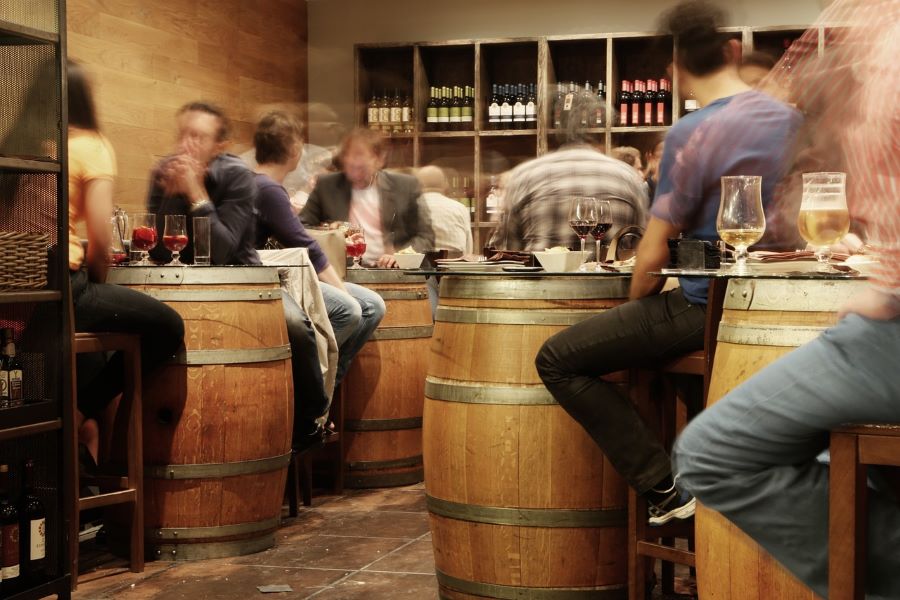
Wine Production
Valencia has a growing wine industry, with vineyards producing a variety of wines, including reds, whites, and rosés. The Utiel-Requena and Alicante regions within Valencia are particularly known for their wine production. The region’s wines are gaining recognition for their quality and value.
Almonds
Valencia is a major almond-producing region in Spain. Almonds are used in various local dishes and desserts, such as turron (nougat). The climate and soil conditions are favorable for almond tree cultivation.
Saffron
High-quality saffron is cultivated in Valencia. The region’s saffron is known for its intense color and flavor, making it a prized ingredient in traditional dishes like paella and arroz a banda.
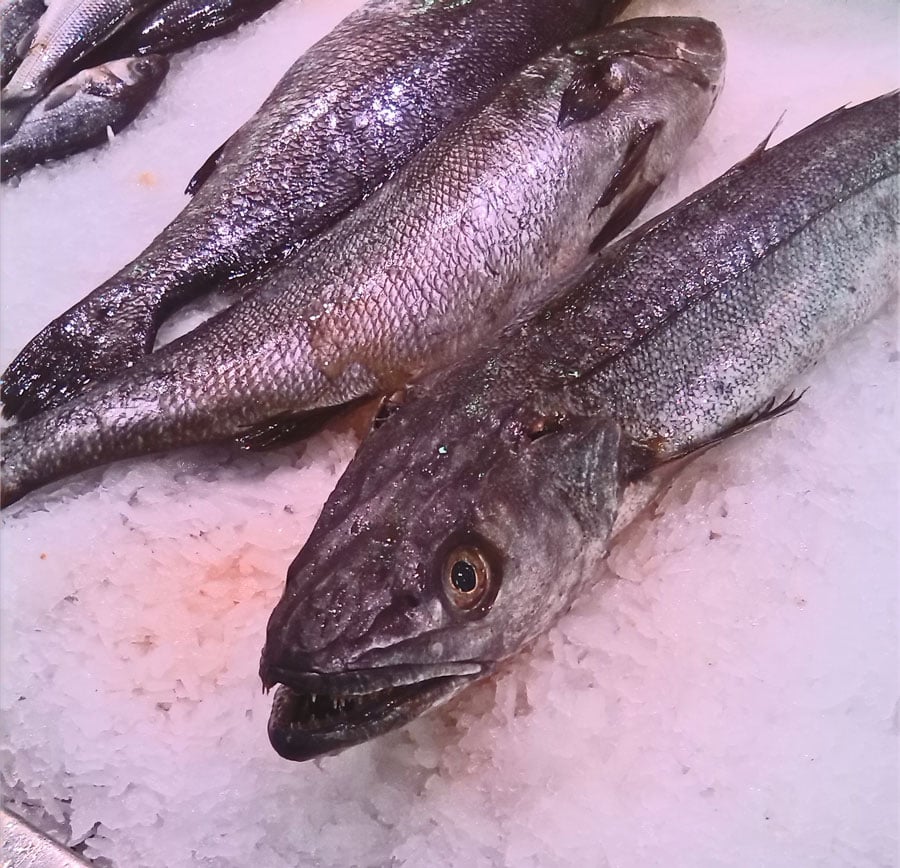
Local Seafood
Valencia’s coastal location provides access to an abundance of fresh seafood. Local specialties include fish like dorada (sea bream), lubina (sea bass), and cuttlefish. These seafood items are often featured in regional dishes like seafood paella and all i pebre.
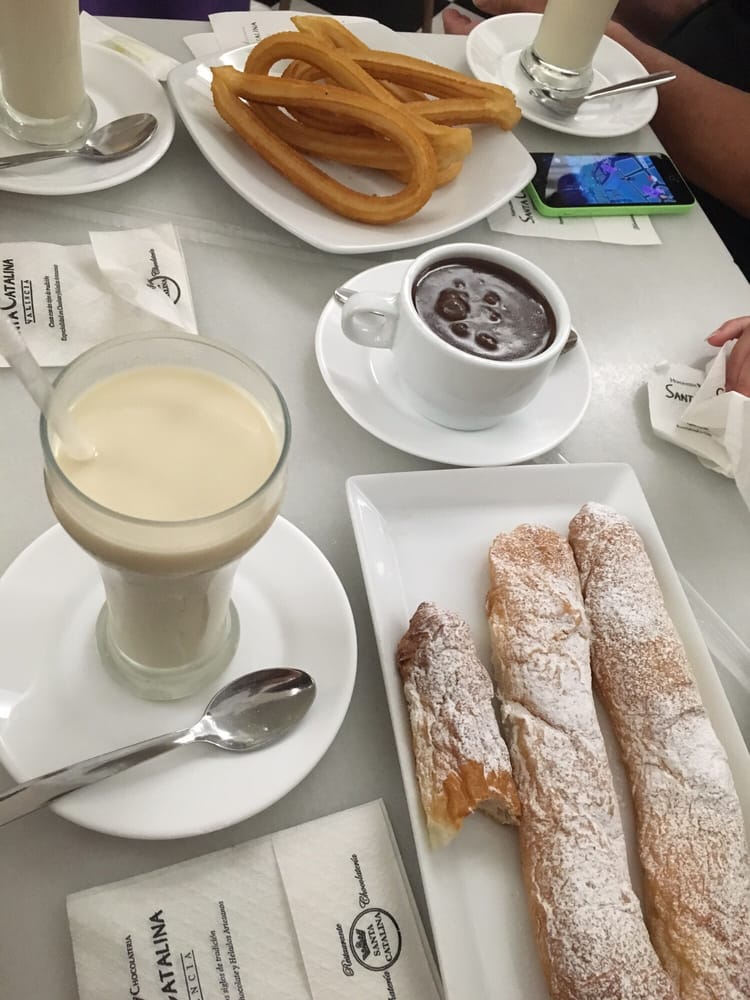
Traditional Pastries
Valencia has a rich tradition of pastry-making. In addition to the aforementioned turron, you can find local sweets like coca de llanda (sponge cake), buñuelos (doughnuts), and empanadillas (sweet turnovers) in bakeries and markets.
Local Markets
Valencia boasts vibrant markets such as Mercado Central, where you can explore a wide array of fresh local produce, meats, cheeses, and other regional delicacies.
Rural Tourism
The fertile countryside surrounding Valencia offers opportunities for agritourism, allowing visitors to experience firsthand the cultivation of local products and even participate in activities like fruit picking and wine tasting.
Valencia’s unique combination of climate, geography, and agricultural expertise has made it a treasure trove of local foods and products. Its culinary traditions, from paella to horchata, showcase the region’s commitment to preserving and celebrating its rich gastronomic heritage. When visiting Valencia, exploring its markets, tasting local dishes, and savoring its unique flavors are a must for any food enthusiast.

Specialty foods and local foods to try around Valencia
Valencia, Spain, is known for its delicious and exciting food scene, rich culinary traditions, and delicious specialties. When you’re visiting Valencia, be sure to try these specialty foods, drinks, and local dishes when you see them on the menu:

Paella Valenciana
Valencia is the birthplace of paella, a delicious rice dish cooked with saffron and a variety of ingredients. The traditional Valencian paella features rabbit, chicken, snails, and beans. Seafood paella and vegetable paella are also popular variations.
Here’s a video clip showing the preparation and love of making and eating Valenciana Paella, maybe you can even try making it yourself
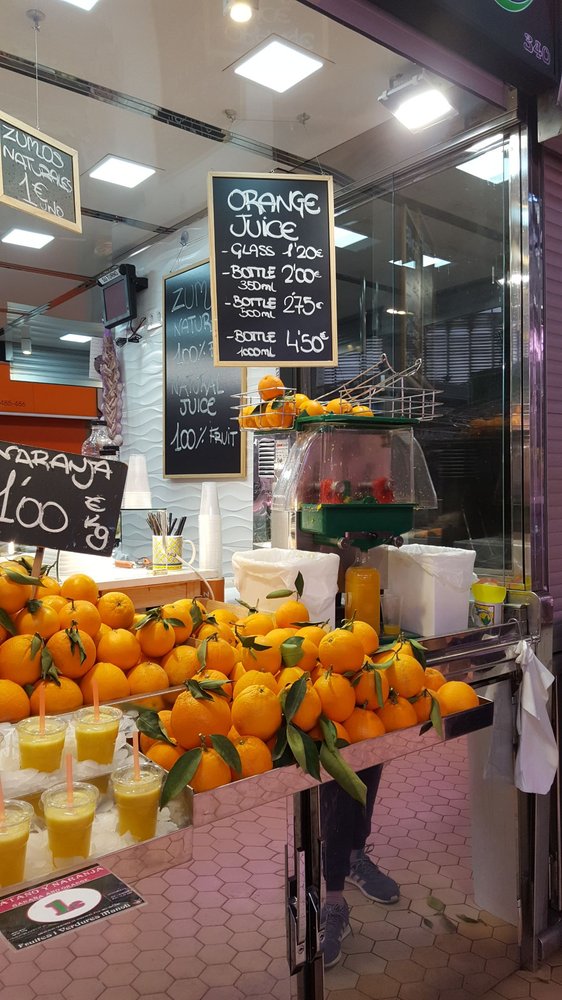
Agua de Valencia:
This cocktail is a Valencian specialty made from a mix of orange juice, cava (Spanish sparkling wine), vodka, and gin. It’s a fruity and potent drink.
Here’s a fun video clip showing how to make your own Agua de Valencia and enjoy this delicious cava drink
Arroz a Banda
Another delicious rice dish from the region, arroz a banda, is made with rice cooked in a rich seafood broth and served with aioli sauce.
Fideuà
Similar to paella but made with short noodles instead of rice, fideuà is a seafood lover’s delight. It’s often flavored with garlic and paprika.
Here’s a video clip on the traditional Fideua made from Valencia, it’s worth looking for at any local restaurant menus.
All i Pebre
This hearty dish consists of eel or other freshwater fish cooked in a flavorful sauce made with garlic, paprika, and ground almonds. It’s a traditional Valencian dish.
Buñuelos
These deep-fried dough balls are typically served as a dessert or snack. They can be filled with various fillings like chocolate, cream, or pumpkin.
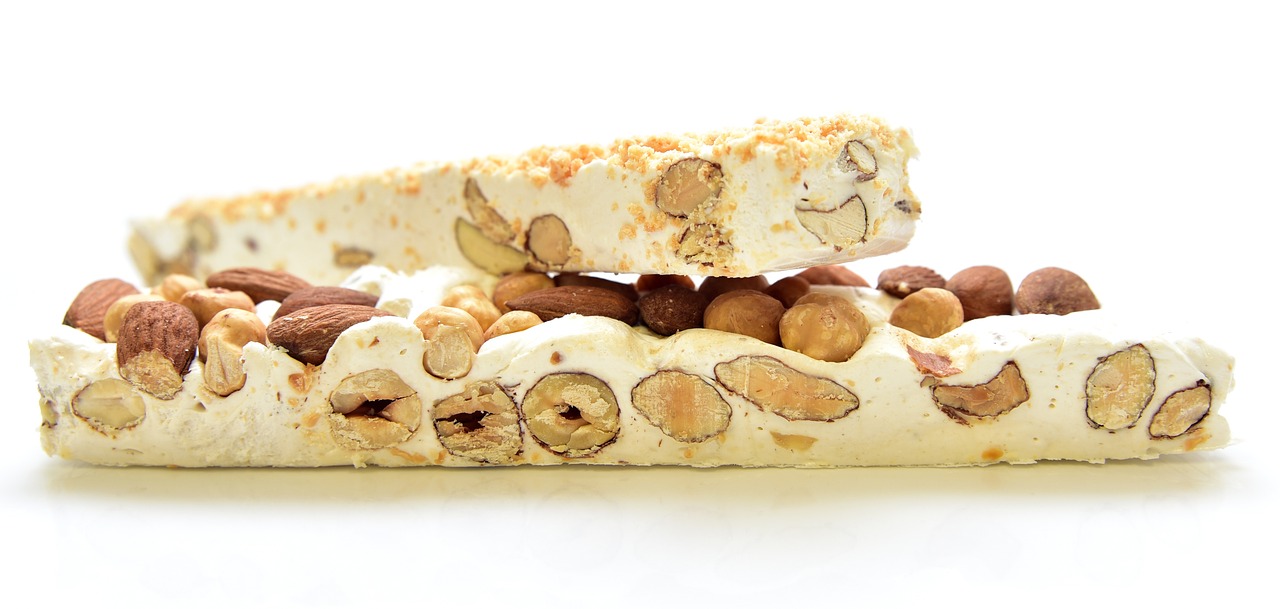
Turron
Valencia is famous for its turron, a type of nougat made from almonds and honey. There are many varieties, including hard and soft turron.
Coca de llanda
This is a sweet sponge cake often flavored with lemon and cinnamon. It’s a popular dessert in Valencia.
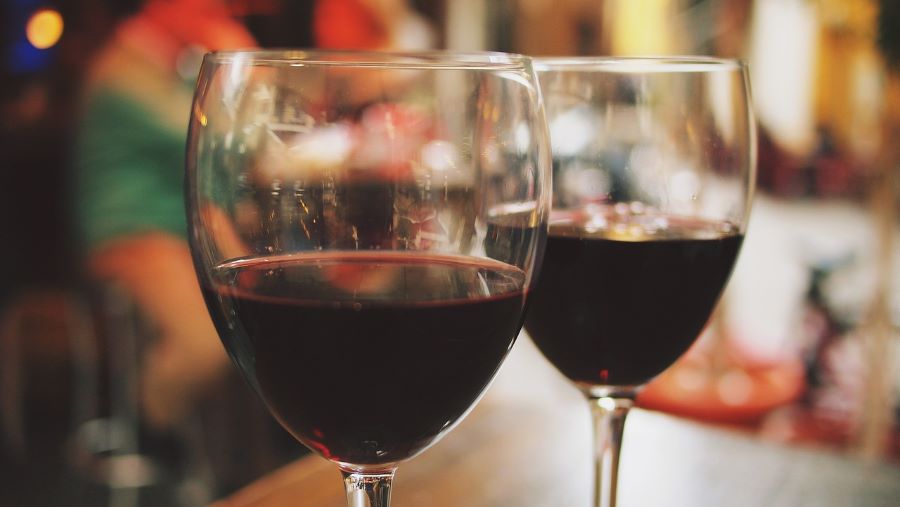
Wines
While not as well-known as some other Spanish wine regions, Valencia produces excellent wines. Look for wines from the Valencia, Utiel-Requena, and Alicante regions, which offer reds, whites, and rosés.
Sure! Here’s a brief outline describing Valencia wines:
I. Region Overview
- Located in eastern Spain along the Mediterranean coast
- Warm Mediterranean climate with some continental influence inland
- Rich winemaking history dating back to Roman times
II. Wine Classification
- DO Valencia (Denominación de Origen) recognized since 1957
- Divided into four sub-zones: Alto Turia, Valentino, Moscatel, and Clariano
III. Grape Varieties
- White grapes: Moscatel (notably Moscatel de Alejandría), Merseguera, Macabeo
- Red grapes: Monastrell, Garnacha Tintorera, Tempranillo, Cabernet Sauvignon
IV. Popular Brands
Here are some standout Valencia wines that showcase the region’s diverse offerings:
Red Wines
- Bodegas Mustiguillo Finca Terrerazo 2015
Grape: Bobal
Profile: Rich and structured with notes of red and black fruits, complemented by toasted and herbaceous nuances. - Celler del Roure Safrà 2021
Grapes: Mandó and Arcos
Profile: Medium-bodied with soft tannins, offering a slightly wild character and a hint of bitterness. - Marques de Whatever Valencia Crianza 2020
Grape: Tempranillo
Profile: Fruity with notes of wood and cocoa, delivering a balanced and approachable taste.
White & Rosé Wines
- Nodus Chaval Macabeo 750ml
Grape: Macabeo
Profile: Fresh and fruity with floral aromas, ideal for warm days. - Aviva Rose (Valencia)
Grape: Blend
Profile: Light and refreshing with berry notes, perfect for casual sipping.
Sparkling Wines
- Pago de Tharsys Bobal 2023
Grape: Bobal
Profile: A unique white cava made from red Bobal grapes, offering crisp acidity and subtle fruitiness. - Aviva Blue Sky Valencia Sparkling Wine
Grape: Blend
Profile: Visually striking with a shimmering appearance, this semi-sweet sparkling wine is both fun and festive.
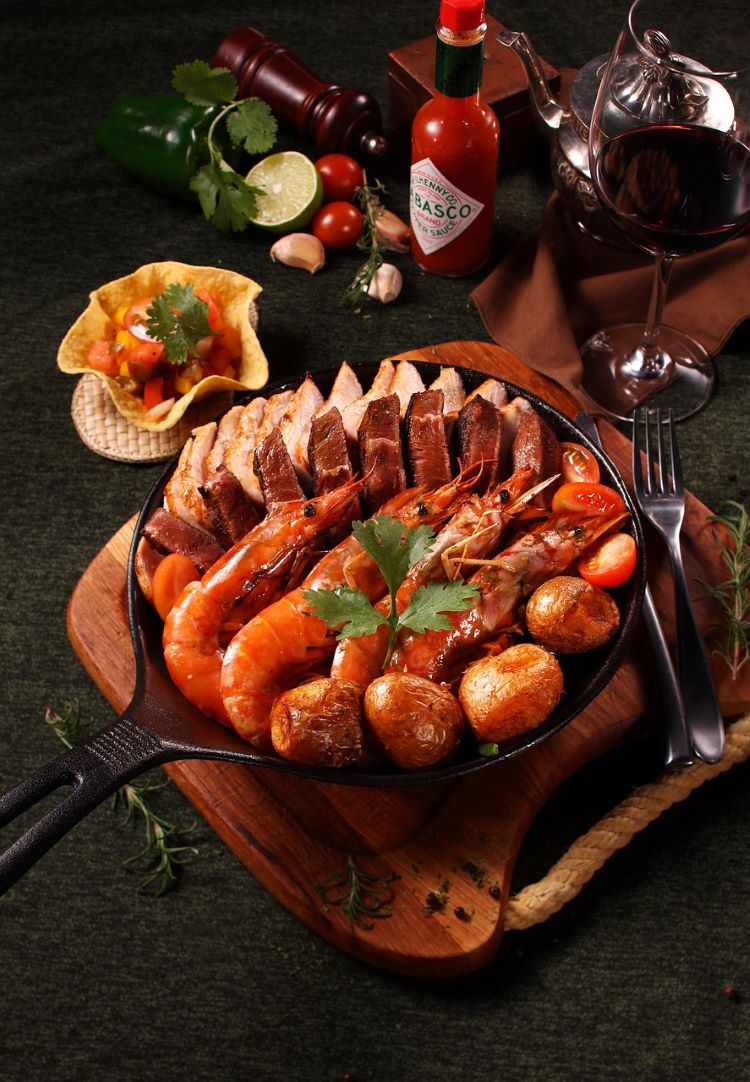
Tapas
Valencia has a thriving tapas culture. Don’t miss the opportunity to try a variety of small dishes at local bars and restaurants. Some popular tapas include patatas bravas (fried potatoes with spicy tomato sauce), jamón ibérico (cured ham), and grilled sardines.
Albufera Rice
This rice dish is cooked with duck, rabbit, and artichokes and is named after the Albufera lagoon near Valencia. It’s a flavorful and hearty dish.
Octopus Salad
Seafood is abundant in Valencia, and octopus salad is a delicious way to enjoy it. Tender octopus is typically served with potatoes, paprika, and olive oil.
Turrón de Jijona
A sweet treat made from almonds and honey, Turrón de Jijona is a popular dessert in Valencia and is often enjoyed during the holidays.
When visiting Valencia, be sure to explore local markets and restaurants to fully immerse yourself in the region’s culinary delights. Valencia’s cuisine is a reflection of its rich culture and history, and there’s no shortage of delicious foods and drinks to discover.
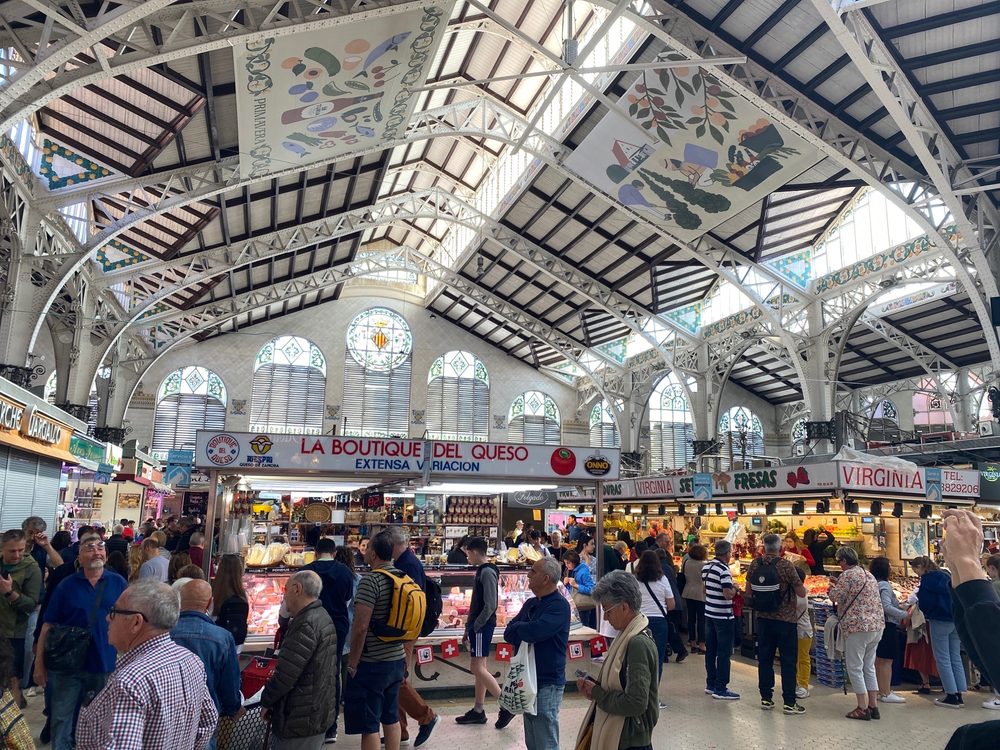
Markets of Valencia, Spain
Valencia, Spain offers a variety of markets catering to different tastes and preferences. Here are some of the best markets you can explore in Valencia City area serving fresh produce, specialty brands and regional foods and dishes:

1. Central Market (Mercado Central):
Location: Plaza del Mercado, City Center
Hours: Monday-Saturday, 7:00 AM – 3:00 PM (Closed Sundays)
Known For: Europe’s largest covered market with over 1,200 stalls
Walking through the grand Art Nouveau entrance of Valencia’s Central Market for the first time was a sensory revelation. The soaring dome and stained glass allow natural light to play across displays of vibrantly colored produce, fresh seafood, and hanging jamón.
During my visits, I discovered the market is most alive early in the morning (before 10:00 AM) when local chefs handpick ingredients and vendors offer the freshest selection. The central fish section features morning catches from the Mediterranean, displayed with artistic precision.
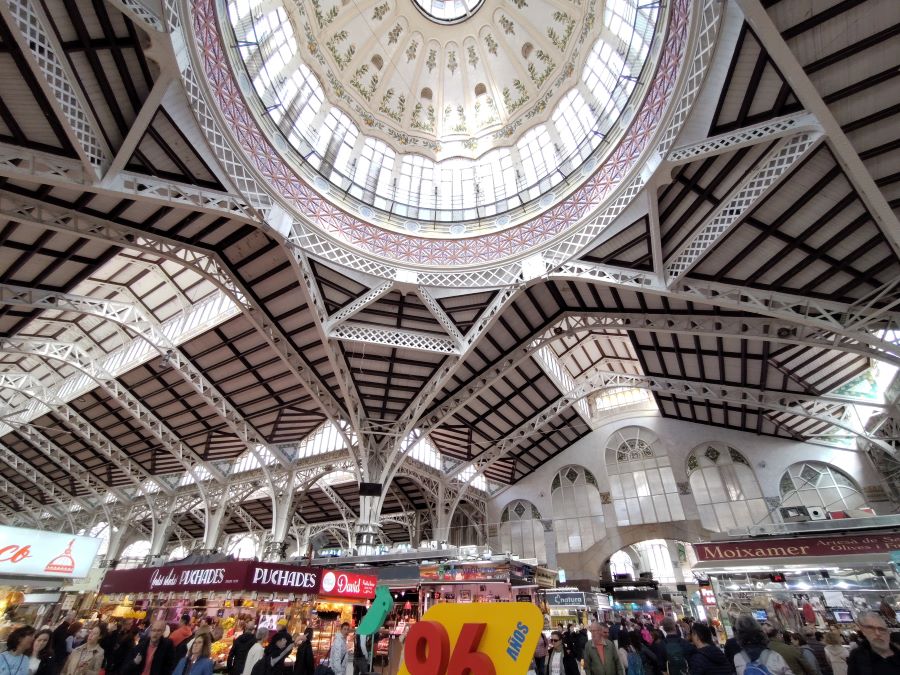
Insider Tips:
- Visit stall #87 for the best selection of Spanish cheeses and personal recommendations from Antonio, the third-generation owner
- The fruit vendors near the western entrance offer free samples of seasonal specialties
- For the best horchata in the market, look for the small stand in the northeastern corner
- Most vendors speak some English, but bringing a small Spanish phrasebook for food terms enhances the experience
What to Try:
- Freshly-sliced jamón ibérico at one of the specialized ham vendors
- Local Valencian cheeses, particularly the semi-cured goat varieties
- Seasonal fruits, especially Valencia oranges (winter/spring) and cherries (early summer)
- Fresh seafood from the Mediterranean coast
Where to eat at or around Central Market area
If you are lookikng for places to eat around Central Market, check out all these suggestions below:
Inside Mercado Central
- Central Bar by Ricard Camarena
A popular spot within the market, this bar offers a variety of tapas and sandwiches made from fresh market ingredients. - Salazonarte
Specializes in salted and cured products like cod, anchovies, and mojama, along with a selection of olives, beers, and wines. Group) - Retrogusto
A coffee stall offering quality coffee from various sources with unique production methods. - La Tahona del Abuelo
Offers high-quality artisan bread and pastries made from organic ingredients.
Around Mercado Central
- Boatella Tapas Bar
Located opposite the market, this bar serves traditional tapas dishes and local wines from the nearby Utiel-Requena region. - Super Gourmet
Situated at the front of the market, known for its delicious tapas paired with wine, beer, or sangria.
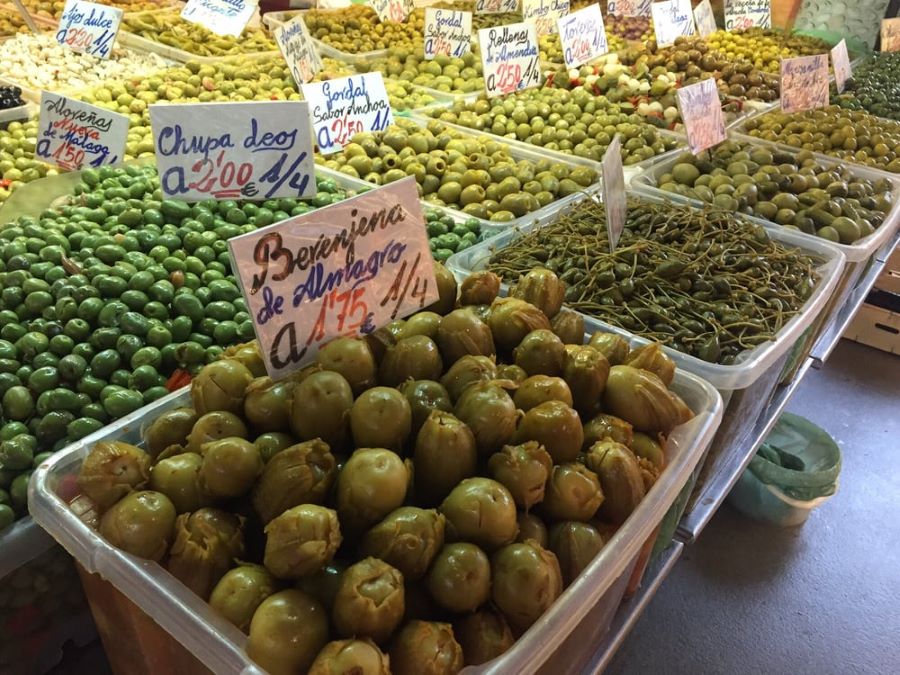
Ruzafa Market (Mercado de Ruzafa)
Situated in the trendy Ruzafa neighborhood, this market is known for its artisanal and gourmet products. You can discover a variety of fresh and organic foods, as well as specialty shops selling international products and unique crafts.
Location: Plaça Baró de Cortés, Ruzafa neighborhood
Hours: Monday-Saturday, 7:00 AM – 3:00 PM
Known For: Local atmosphere in Valencia’s trendiest neighborhood
Venturing beyond the tourist center to Ruzafa Market offers a glimpse into everyday Valencian life. This neighborhood market has evolved alongside Ruzafa’s transformation into Valencia’s hipster district, creating an interesting blend of traditional vendors and modern specialty shops.
During my weekday morning visits, I enjoyed watching locals greeting vendors by name and discussing the day’s best offerings. This market feels considerably more authentic than the sometimes touristy Central Market, though it’s smaller in scale.
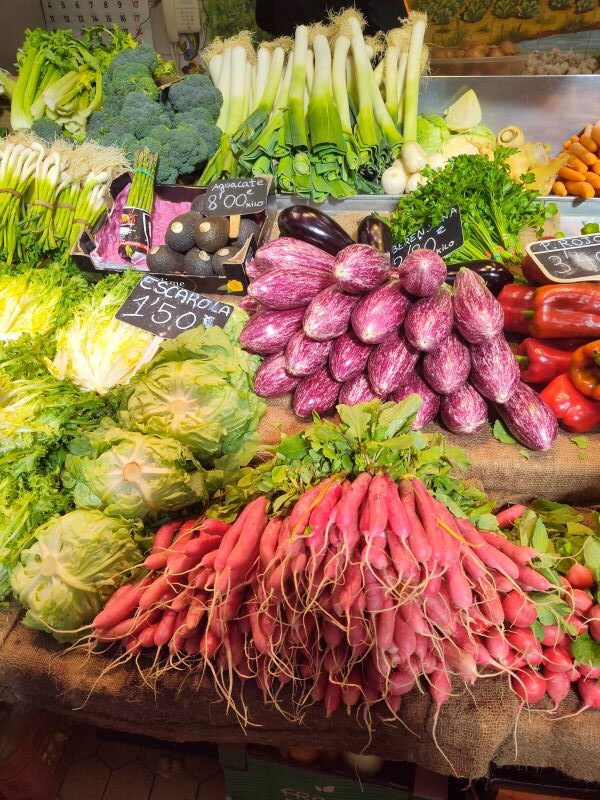
Insider Tips:
- The eastern corner houses several organic produce vendors with locally-grown vegetables
- Many vendors close between 2:00-2:30 PM, earlier than the official hours
- Combine your market visit with exploring Ruzafa’s independent boutiques and cafés
- The area around the market transforms into a lively bar scene in the evenings
What to Try:
- Specialty olive oils from small regional producers
- Artisanal sourdough bread from the bakery near the main entrance
- Local cheeses from the central cheese stall
- Seasonal vegetables from organic farmers
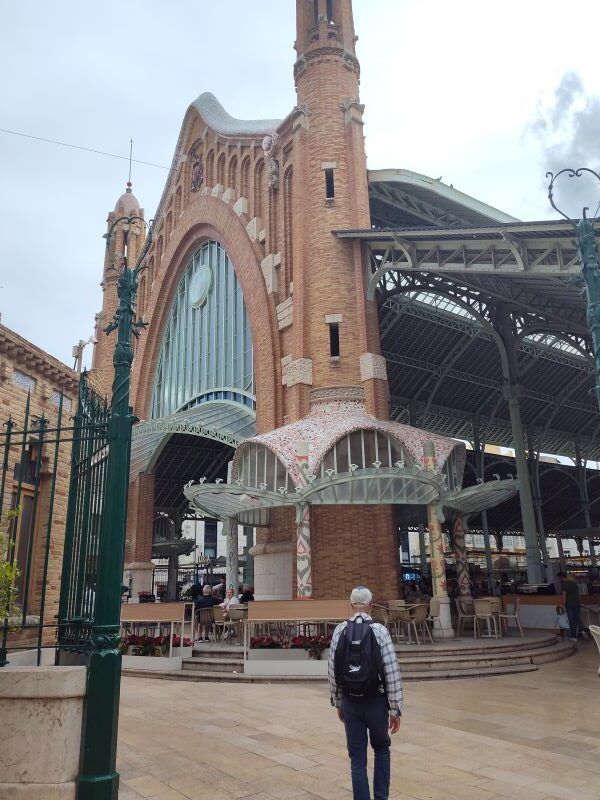
Colón Market (Mercado de Colón)
Location: Carrer de Jorge Juan, 19
Hours: Daily, 8:00 AM – 1:30 AM
Known For: Architectural beauty and gourmet dining
Unlike traditional food markets, Mercado de Colón has been transformed into a gastronomic and cultural hub. The stunning modernist building from 1916, designed by Francisco Mora Berenguer, is worth visiting for its architecture alone.
On my visits, I found Mercado de Colón to be the perfect spot for a sophisticated lunch or evening tapas after shopping elsewhere. The central courtyard often features live music on weekend evenings, creating a magical atmosphere under the iron-and-glass ceiling.
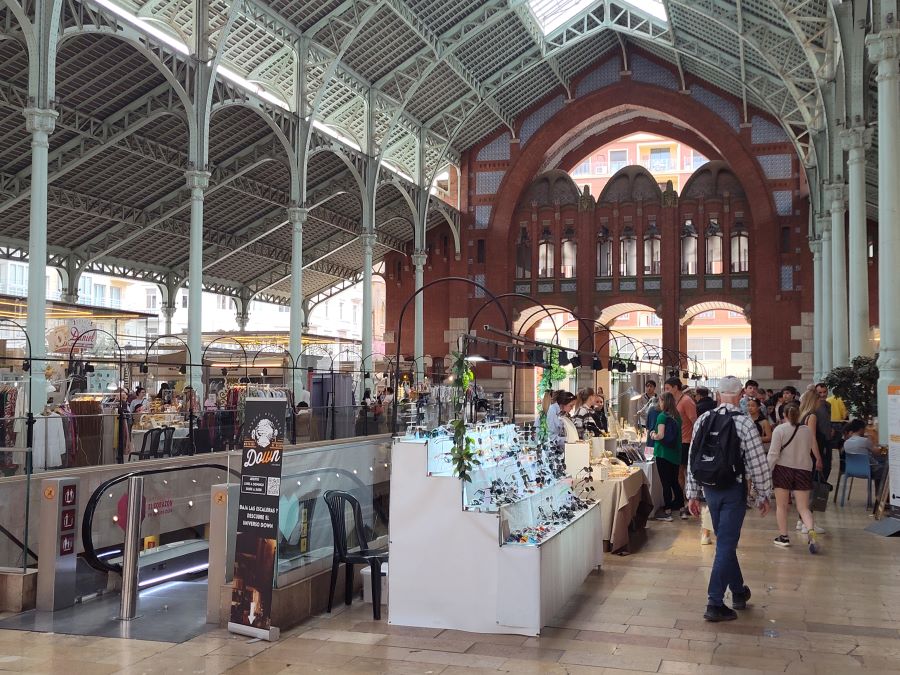
Insider Tips:
- The lower level houses more casual cafés and tapas bars, while the upper level features more formal dining options
- Weekday lunch offers better table availability than weekend evenings
- The market hosts seasonal food events and tastings—check their website for current schedules
What to Try:
- Creative tapas at Central Bar by Ricard Camarena (a Michelin-starred chef)
- Artisanal gelato at Veneta Gelato made with local ingredients
- Wine flights featuring Valencian regional vintages at Vinoteca Colón
Colón Market is not your typical food market; it’s an architectural gem with a selection of upscale cafes, restaurants, and shops. It’s an ideal spot for a leisurely meal, coffee, or shopping for high-quality goods.
Check out this video tour of the Mercat de Colon in the historic district of Valencia below and highlights
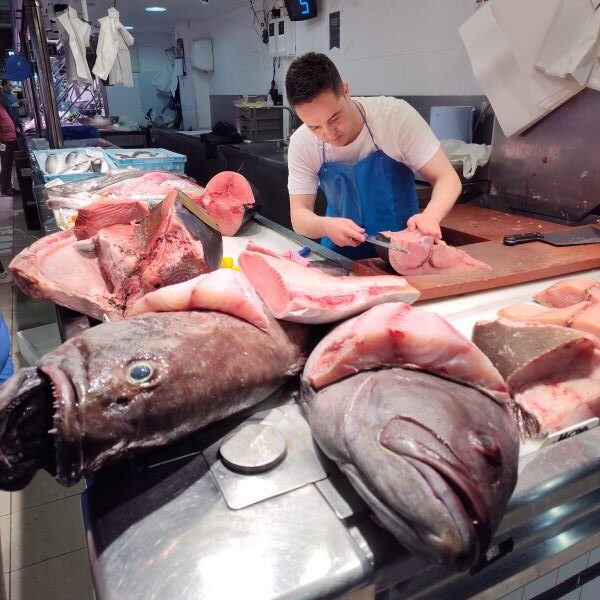
El Cabanyal Market (Mercado de El Cabanyal)
Location: Calle de Justo Vilar, El Cabanyal Neighborhood, Valencia
Hours: Monday–Saturday, 7:30 AM – 3:00 PM (Closed Sundays)
Known For: Traditional neighborhood market with a strong local vibe and fresh seafood from nearby coastal docks
Tucked into the heart of the historic Cabanyal district, this market offers a more intimate and everyday slice of Valencian life compared to the city’s central market. The building, dating back to the 1950s, may not have the architectural drama of other markets, but it makes up for it with its genuine, unpolished charm. Inside, stalls brim with fresh vegetables, locally caught fish, artisan bread, and home-style prepared foods that draw a steady crowd of neighborhood regulars.
The seafood section is especially popular, with many items arriving directly from the nearby fishing port.
This is the more local markets to explore called the El Caganyal market on this quick video tour below
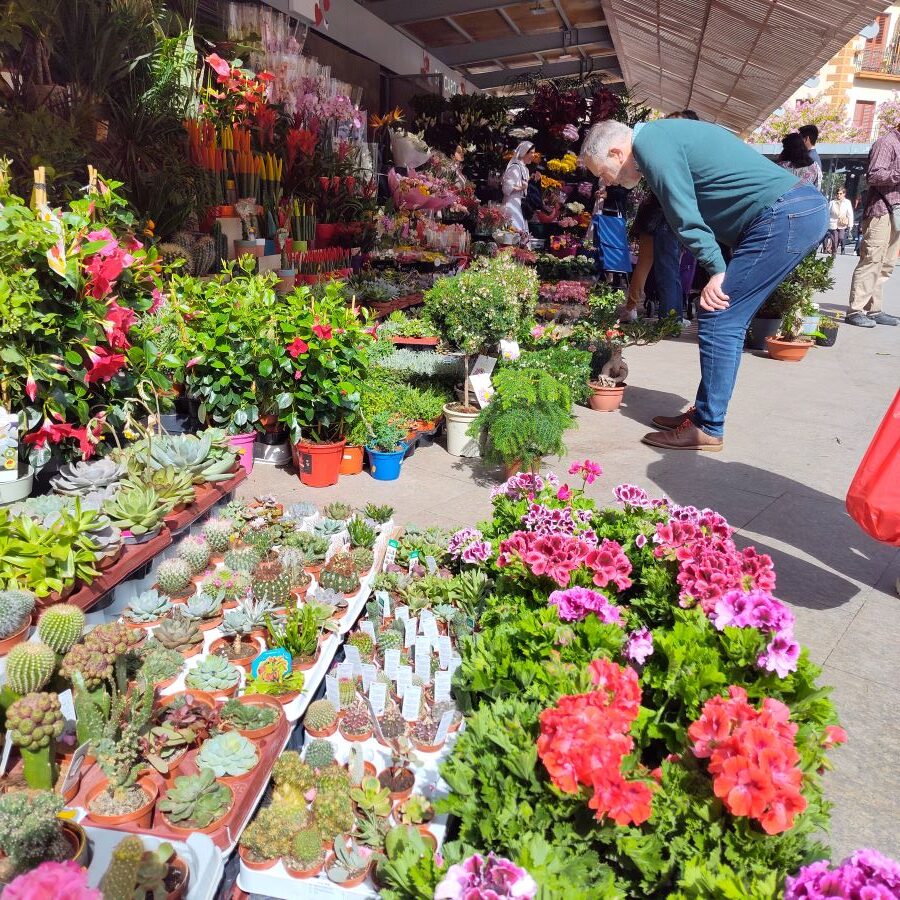
Plants and flowers for sale
Insider Tips:
- Stop by Pescadería Paco near the main entrance—he’s known for his fresh dorada and sardines, and he’ll even prep your fish for grilling.
- At the back, there’s a small stand with homemade empanadillas and cocas (savory pastries)—perfect for a quick snack while browsing.
- The flower vendor near the south exit offers seasonal bouquets at great prices, often picked that morning.
- Few tourists make it out here, so knowing a few Spanish phrases goes a long way in connecting with vendors.
What to Try:
- Clóchinas (Valencian mussels) in season, usually May through August
- Homemade gazpacho from the prepared food stall near the center aisle
- Freshly baked pan de pueblo (rustic country bread) from the corner bakery stall
- Local olives and pickled vegetables—great for a picnic or aperitivo back at your lodging
It’s not flashy, but Mercado de la Cabanyal rewards those looking for something grounded and local. It’s also just a short walk from the beach, making it a nice stop before or after some time by the water.
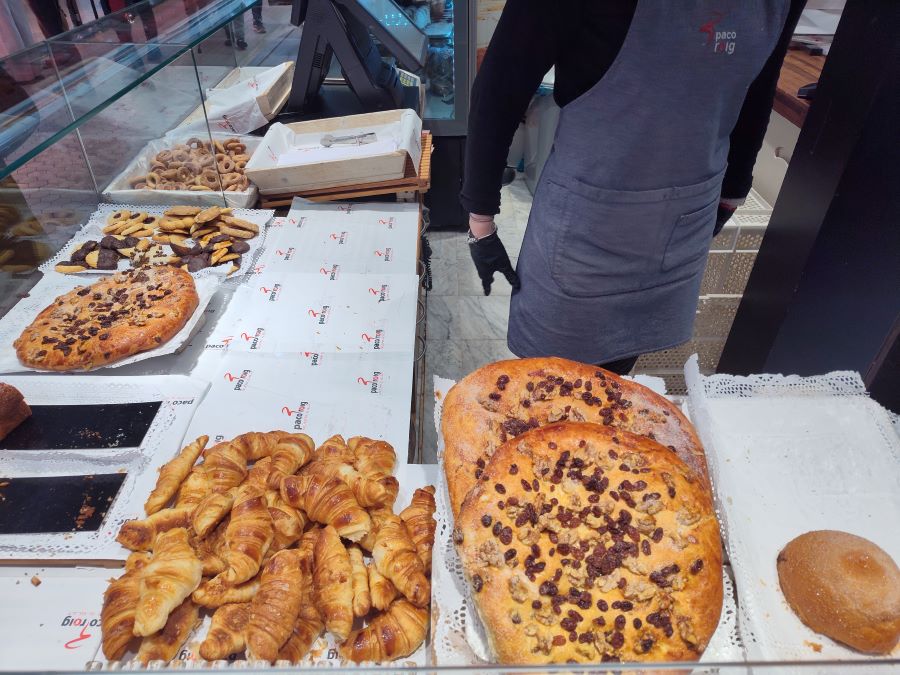
Mercado de Tapineria:
Location: Calle de la Tapinería, Historic Center, Valencia
Hours: Varies by event (typically open Thursdays to Sundays, 11:00 AM – 8:00 PM)
Known For: Rotating pop-up markets, independent design, local food, and creative events in a hidden courtyard
Tucked between narrow medieval streets near Valencia Cathedral, Mercado de Tapinería is less of a traditional market and more of a rotating cultural hub. The space consists of two pop-up storefronts, a central open-air plaza, and a small café—together hosting a steady flow of themed markets, vintage sales, art exhibitions, and artisan showcases throughout the month.
Each week offers something different: one weekend might feature local fashion brands and handmade jewelry, another might be all about vinyl records, antique books, or indie furniture. The relaxed, urban feel draws a younger crowd, with lots of locals stopping by to browse, grab a beer, and hang out in the sunny courtyard.
Insider Tips:
- Check their Instagram or website before visiting—events change weekly, so you’ll want to know what’s on.
- If you’re into photography or street art, the walls around the courtyard often feature changing murals and creative displays.
- The café inside serves a solid espresso and some light bites—ideal for a casual break while people-watching.
- Best time to go is mid-afternoon when the plaza livens up with music and conversation.
What to Look For:
- Handmade ceramics and home goods from small Valencian designers
- Vintage clothing and accessories from curated local vendors
- Limited-edition prints, zines, and art books
- Gourmet local products like craft beer, infused oils, or small-batch vermouths
Mercado de Tapinería is ideal if you’re in the mood for something stylish and low-key. It feels more like a creative hangout than a conventional market, and its ever-changing lineup makes it worth a return visit. It’s also just a few steps from Plaza de la Reina, so it fits easily into a day of exploring the old town.
This is more trendy shopping and contemporary designs of local designers, check out the details to visiting the market below
Rastro Market (Mercado del Rastro):
Location: Avenida del Cid, near Parque del Oeste, Valencia
Hours: Sundays only, 9:00 AM – 2:00 PM
Known For: Open-air flea market with vintage finds, antiques, secondhand goods, and quirky bargains
Held every Sunday morning, Rastro Market is Valencia’s answer to the traditional European flea market. Stretching out along Avenida del Cid, it’s a lively sprawl of stalls selling everything from old vinyl records and vintage clothing to bike parts, books, used tools, and household odds and ends. It’s part treasure hunt, part cultural experience.
Unlike more polished shopping spots, this market thrives on the unexpected. One visit, you might walk away with a retro espresso machine; another, a stack of old Spanish comic books. Locals wander through looking for deals, while collectors arrive early to scope out potential gems. There’s a strong neighborhood feel to it—unfiltered and uncurated in the best way.
Insider Tips:
-
Get there before 10:00 AM if you’re after serious vintage or antiques—the good stuff tends to go early.
-
Bring small bills and coins; many sellers don’t accept cards and aren’t set up for haggling with large notes.
-
If you’re into retro home goods, check the older stalls at the eastern end of the market—lots of mid-century ceramics and curios.
-
Pair your visit with a stop at one of the nearby cafés on Calle del Doctor Zamenhof for a strong cortado and people-watching.
What to Look For:
-
Vintage Spanish movie posters or postcards—cheap, packable, and fun souvenirs
-
Leather belts, bags, and shoes that often come at bargain prices
-
Secondhand books, especially if you’re practicing your Spanish
-
Old kitchenware like enamel pots and hand-painted plates from Spanish villages
Rastro Market might be a bit rough around the edges, but that’s part of its charm. It’s where you get to see a different side of the city—less polished, more spontaneous, and full of character. Perfect for a Sunday wander if you’re looking for something off the typical tourist path.
Here’s a video walking tour below to check out.

Mercado de Tapas Colón
Location: Calle Jorge Juan 19, Eixample District, Valencia
Hours: Daily, 8:00 AM – 1:00 AM (individual stalls and bars may vary slightly)
Known For: Upscale tapas and gourmet market in a beautifully restored modernist building
Set inside a stunning early 20th-century structure designed by architect Francisco Mora, Mercado de Colón blends local flavor with elegant design. The open interior, framed by soaring ironwork and stained glass windows, houses a mix of gourmet food stalls, stylish cafés, cocktail bars, and tapas counters. It’s less about produce shopping and more about tasting and lingering.
While the market has its roots in traditional commerce, today it functions more like a high-end food hall. Locals and visitors come here to sip cava, enjoy beautifully plated tapas, or meet for coffee in one of the most architecturally striking spots in the city.
Insider Tips:
- Grab a seat at Habitual by Michelin-starred chef Ricard Camarena for inventive tapas with a Mediterranean twist.
- For a more casual bite, Daniel’s Freiduría serves crisp, freshly fried seafood that pairs well with a cold beer.
- Visit in the late afternoon for merienda (snack time)—most bars start to fill up with locals around 5 or 6 PM.
- The interior is especially photogenic around golden hour, when the natural light pours in through the upper windows.
What to Try:
- Bomba de patata (stuffed potato croquette) with spicy sauce
- Grilled octopus or fried anchovies from one of the seafood stalls
- Local cheeses and jamón ibérico served on slate boards
- Cava or vermouth from the central bar—popular choices for an aperitif
Mercado de Tapas Colón offers a more polished experience without losing the essence of local flavor. It’s a great stop whether you’re in the mood for a relaxed meal, a quick drink, or just soaking up the vibe in one of Valencia’s most elegant public spaces.

Mercado de Tapas Algirós
Location: Calle Yecla 27, Algirós Neighborhood, Valencia
Hours: Varies by day and event (generally Thursday to Sunday, late afternoon to midnight)
Known For: Casual tapas nights with local vendors, craft drinks, and a relaxed, student-friendly vibe
Set inside the neighborhood market of Algirós, this evening tapas event transforms an otherwise quiet daytime food market into a lively gathering spot for locals. A handful of food stalls and bars open up during select evenings—mainly Thursday through Sunday—serving tapas, local wines, beer, and small plates in an informal setting. It’s especially popular with university students and younger locals, thanks to the budget-friendly prices and chill atmosphere.
The vibe is relaxed and unpretentious—think communal tables, clinking glasses, and music humming in the background. It’s the kind of place where you can try several things without spending much, and stick around for hours chatting over vermouth or cerveza.
Insider Tips:
- Go on a Thursday or Friday night around 8:00 PM to catch it at its most lively without the full weekend crowd.
- Some stalls change their menus weekly, so it’s worth trying a bit from each.
- Seating is first-come, first-served—arrive early if you’re with a group and want to snag a table.
- The market is mostly frequented by locals, so a little Spanish helps when ordering or asking about the dishes.
What to Try:
- Mini montaditos (small open-faced sandwiches) with local ingredients like sobrasada, goat cheese, or anchovies
- Patatas bravas with alioli and spicy tomato sauce
- Fried calamari or sepia (cuttlefish)—crispy and served hot
- Vermouth on tap or a glass of local red wine
Mercado de Tapas Algirós is about good food without the fuss. It’s a neighborhood hangout more than a tourist attraction, which is exactly what makes it fun. Great for a casual night out, especially if you want to mix with locals and eat well without overthinking it.
These markets offer an excellent opportunity to immerse yourself in the culinary and cultural diversity of Valencia while enjoying the bustling atmosphere.
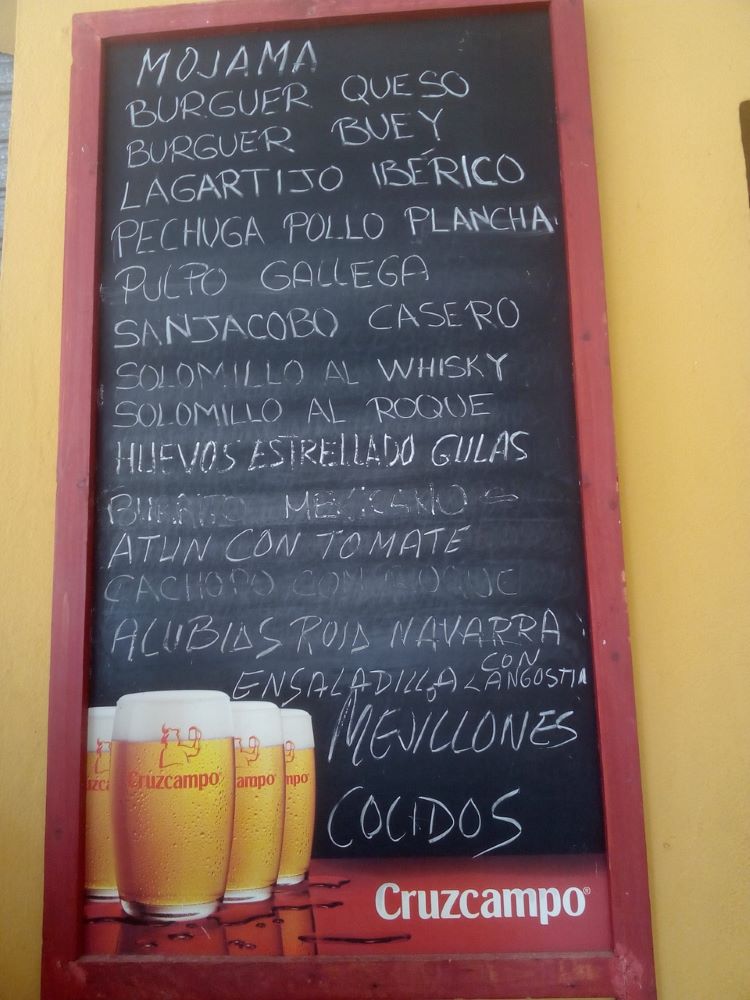
More Inside Tips for Food Shopping
After multiple extended stays in Valencia, I’ve gathered these practical tips for making the most of your culinary shopping experiences:
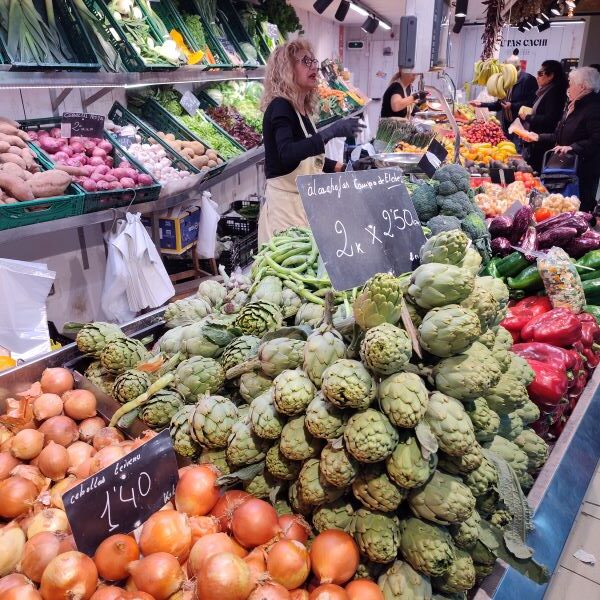
Timing Your Market Visits
- Early Morning (7:00-9:00 AM): Best for serious shoppers and watching vendors set up. You’ll see chefs selecting ingredients and get the freshest selection.
- Mid-Morning (9:00-11:00 AM): Good balance of activity without extreme crowds.
- Late Morning (11:00 AM-1:00 PM): Busiest, especially with tourists at Central Market.
- Early Afternoon (1:00-3:00 PM): Selection dwindles but potential for discounts as vendors prepare to close.
Most markets close by 3:00 PM, and many vendors start packing up earlier. Remember that nearly all traditional markets are closed on Sundays.
Language and Shopping Etiquette
While many vendors at Central Market speak some English, at neighborhood markets like Ruzafa or El Cabanyal, Spanish or Valencian phrases are appreciated:
- “Buenos días” (Good morning)
- “¿Puedo probar?” (Can I taste?)
- “¿Cuánto cuesta?” (How much is it?)
- “¿Me pone medio kilo, por favor?” (Can I have half a kilo, please?)
Unlike in some countries, bargaining is not customary at food markets in Valencia. Prices are fixed, though vendors might add a small extra item as a gift (una “yapa”) if you make a substantial purchase.
Bringing Home Valencia’s Flavors
On my last trip, I carefully selected food souvenirs that would survive the journey home and pass through customs:
- Vacuum-packed rice: Bomba rice from Albufera travels well and makes authentic paella at home.
- Saffron: Small boxes of premium Spanish saffron are expensive but worth the investment.
- Smoked paprika: Essential for many Valencian dishes and available in sweet or spicy varieties.
- Fig and almond cake: This dense, sweet treat keeps well while traveling.
- Packaged turrón: Valencia’s almond nougat confection comes in hard or soft varieties.
Several vendors at Central Market offer vacuum-sealing services for products like cheese or jamón, making them suitable for international travel.
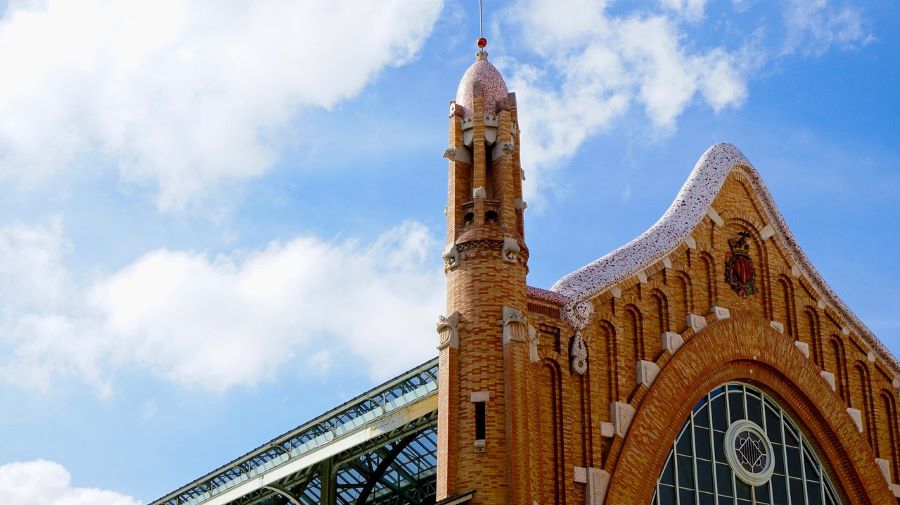
Weather and best time to visit Valencia, Spain
Valencia, Spain, enjoys a Mediterranean climate, characterized by mild, wet winters and hot, dry summers. The best time to visit Valencia largely depends on your preferences for weather and the type of activities you want to enjoy. Here’s a breakdown of the seasons:
Spring (March to May):
Spring is a delightful time to visit Valencia when the weather is comfortably mild.
Temperatures start to rise in March, and by May, you can expect pleasant daytime temperatures ranging from 18°C to 25°C (64°F to 77°F).
The city’s parks and gardens are in full bloom during this season, making it ideal for outdoor activities and sightseeing.
Spring is a great time to enjoy festivals like Las Fallas, which typically takes place in March.
Summer (June to August):
Summer in Valencia is hot and dry, with daytime temperatures often exceeding 30°C (86°F) and sometimes reaching up to 40°C (104°F).
The beaches are popular during this time, but be prepared for crowded shores.
Many locals take their summer vacations in August, so some businesses may close during this month.
While the weather is hot, the city’s nightlife and outdoor events come alive in the evenings.
Autumn (September to November):
Autumn is another excellent time to visit Valencia, especially in September and October.
Temperatures remain warm and pleasant, ranging from 20°C to 28°C (68°F to 82°F), making it comfortable for exploring the city and its surroundings.
Fall is also the time for various food and wine festivals in the region, offering unique culinary experiences.
Winter (December to February):
Winters in Valencia are mild compared to many other European destinations, but it can still get chilly, especially at night.
Daytime temperatures typically range from 10°C to 20°C (50°F to 68°F).
While it’s not the warmest time for beach activities, you can still enjoy indoor attractions, museums, and the city’s cultural scene.
Christmas and New Year’s celebrations can be charming, with festive decorations and events.
In summary, the best time to visit Valencia depends on your preference for weather and the type of experiences you seek. Spring and autumn are generally considered the most pleasant seasons, offering comfortable temperatures for outdoor activities and festivals. Summer is the peak tourist season, ideal for beachgoers, but be prepared for hot weather. Winter is a quieter time to visit with milder temperatures, making it a good choice for those looking to explore the city’s cultural offerings without the crowds.
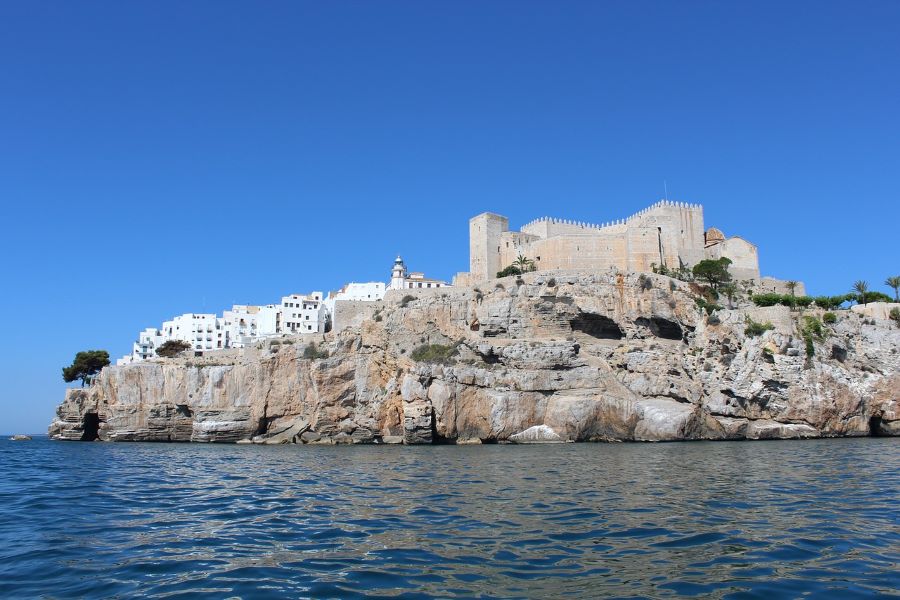
Further reading – posts on visiting Valencia
Pin and save this for later
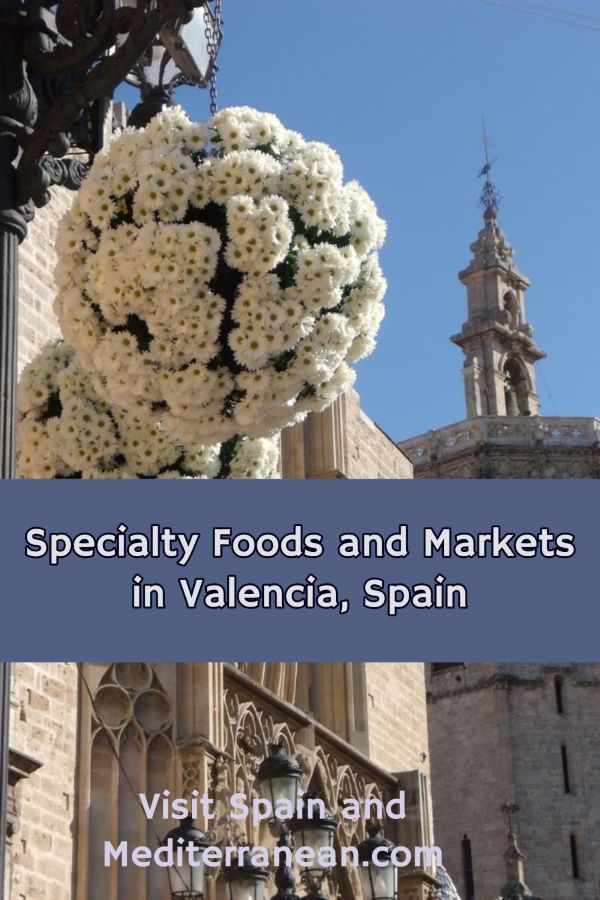
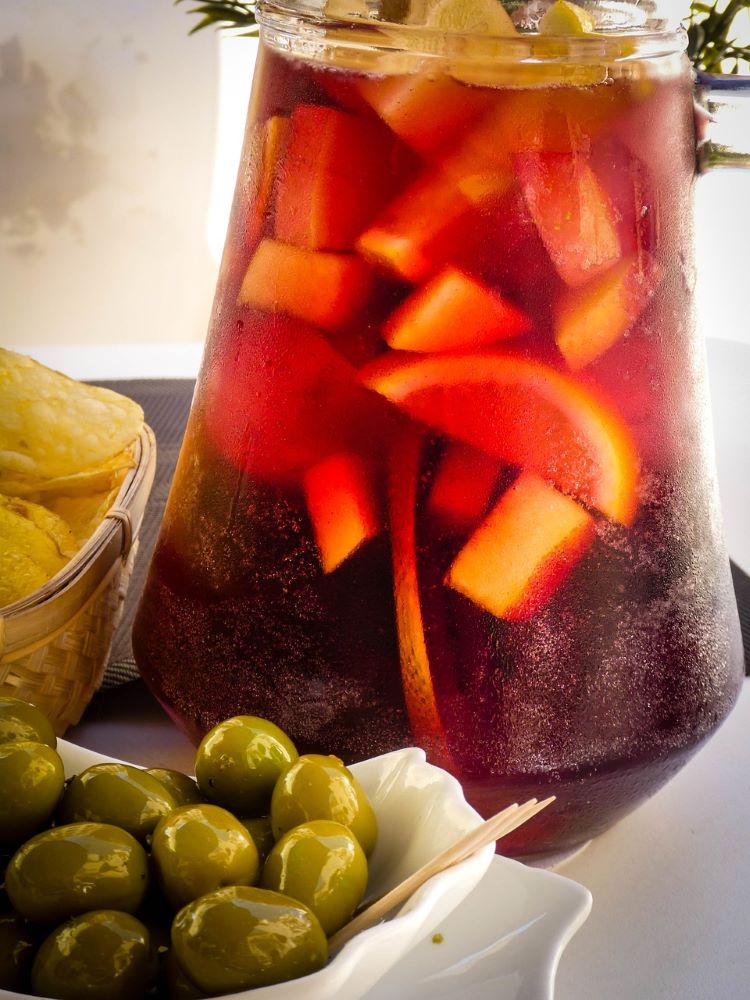
Conclusion
Valencia’s markets and specialty foods offer far more than just nourishment—they provide a window into the soul of this Mediterranean city. From the architectural splendor of its market buildings to the careful cultivation of its signature ingredients, Valencia’s food culture reflects a profound respect for tradition while embracing culinary innovation.
During my multiple visits across different seasons, I’ve found that the most memorable Valencia experiences often center around food—whether it’s savoring a perfectly authentic paella beside Albufera lagoon where the rice was grown, enjoying horchata in a centuries-old horchatería, or simply wandering through Central Market’s colorful aisles.
For visitors seeking authentic cultural experiences, Valencia’s specialty foods and markets offer accessible entry points to understanding the region’s history, agricultural heritage, and contemporary lifestyle. By following the recommendations in this guide, you’ll discover not just delicious meals but meaningful connections to Valencia’s rich culinary traditions.

About author – Noel Morata
After relocating from the United States to Andalusia in 2020, I’ve made it my mission to discover every corner of Spain. Based just east of Granada, I’ve spent over 12 months exploring Valencia province and the rest of Spain, including multiple extended visits to Valencia throughout different seasons. My background in Spanish cultural studies and five years of residence in southern Spain have given me unique insights into the region’s historical significance, local customs, and culinary traditions.
I regularly update my guides with the latest information gathered through personal visits and relationships with local tourism officials, always seeking what’s new and exciting in each destination. As a self-proclaimed foodie, I’m passionate about discovering authentic local markets and regional specialties.
As a self proclaimed foodie, I love visiting Valencia’s specialty markets and the central market in the heart of Valencia is one of the most outstanding markets in all of Spain if not all of Europe.
Last updated: January 2025 based on my most recent visit
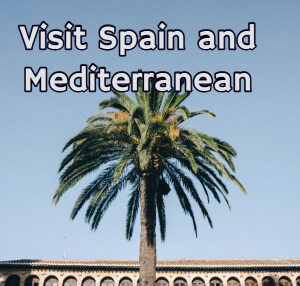
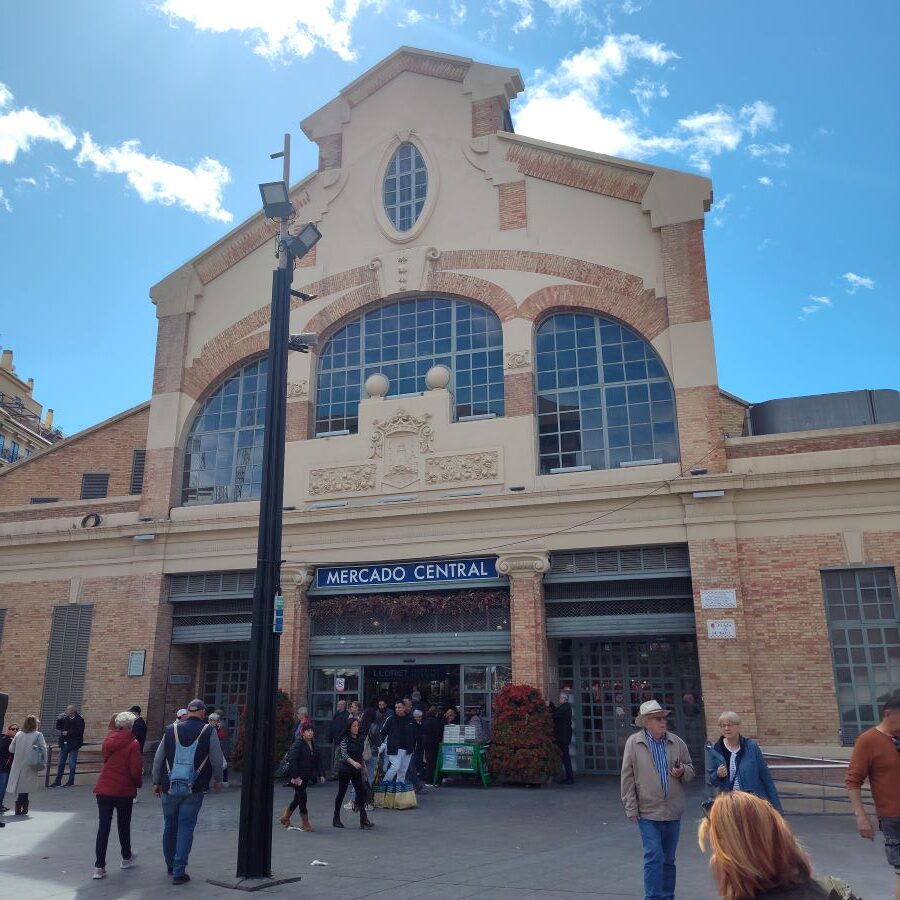
1 thought on “Specialty Foods and Markets in Valencia, Spain”